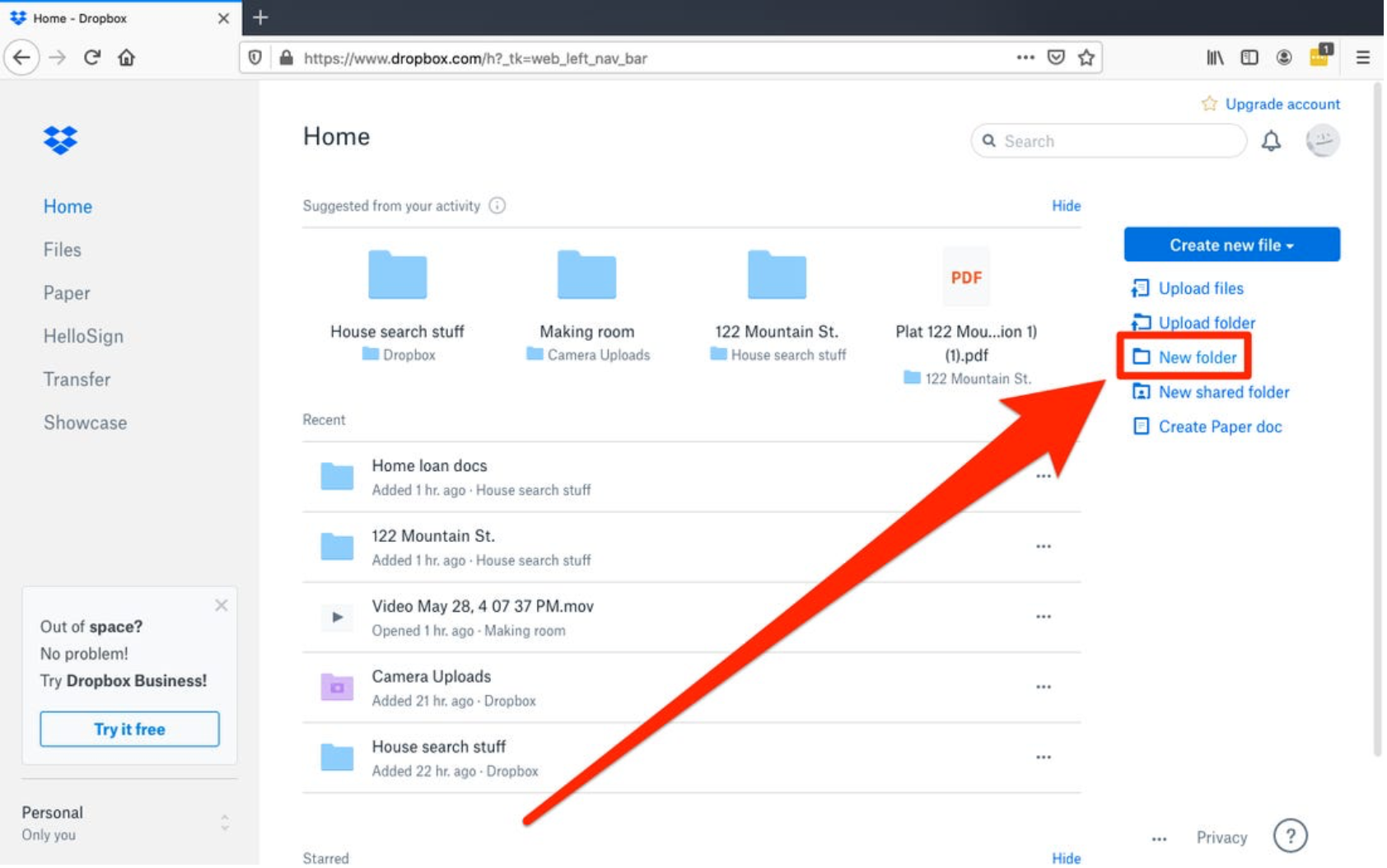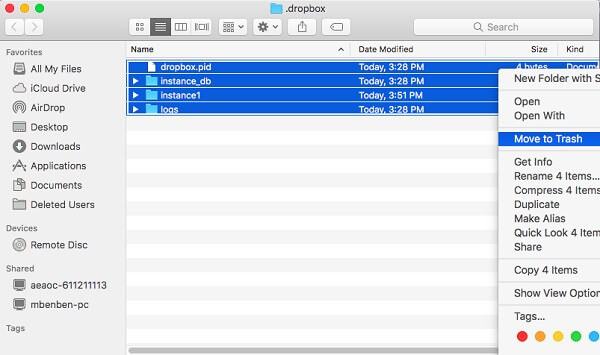

- FILES ON MAC FOR DROPBOX SOME ON MAC SOME ON DROPBOX.COM HOW TO
- FILES ON MAC FOR DROPBOX SOME ON MAC SOME ON DROPBOX.COM FREE
- FILES ON MAC FOR DROPBOX SOME ON MAC SOME ON DROPBOX.COM WINDOWS
Apple enabled Documents and Desktop syncing through iCloud Drive between multiple Macs, iPhones, and iPads.
FILES ON MAC FOR DROPBOX SOME ON MAC SOME ON DROPBOX.COM FREE
The next plan available is 1TB for $9.99 which I gladly pay to continue the experience, and that leaves a lot of free iCloud storage for other purposes.Įnter macOS Sierra last fall. Storing 16,655 images and 1,459 videos takes up 212.78GB of iCloud storage for me so I’m just over the 200GB for $2.99/month plan. My iCloud Drive usage surged over the last few months for two reasons.įirst, I have a great experience with iCloud Photo Library syncing my photos and videos across my devices. I still interact with Dropbox on the web once a week to produce the 9to5Mac Happy Hour podcast, but iCloud Drive could totally replace Dropbox for me with a few additional features… You should therefore check the size from time to time.ĭo you have simpler or alternative ways to view folder size on these and other platforms? Let us know in the comments section below.Apple’s iCloud Drive feature has matured to the point that several months ago I stopped using Dropbox on my Mac, iPhone, and iPad without having to dramatically change any workflows. These can grow rapidly and use up your storage space. There are folders automatically generated by apps you have installed. It is a good thing to know how big the folder you created is and the amount of disk space it is using.
FILES ON MAC FOR DROPBOX SOME ON MAC SOME ON DROPBOX.COM HOW TO
Now you know how to view folder sizes on different OS, platforms, and applications. The hidden folders will now appear in File Explorer on your PC.
FILES ON MAC FOR DROPBOX SOME ON MAC SOME ON DROPBOX.COM WINDOWS
On folder “Properties” it is possible to see the difference in folder size by comparing the “Size” and “Size on disk” in the property dialogue box in Windows Explorer. Though the difference is not usually much, when a folder contains several files, this can add up to a lot of space. This is because the files in the folder take up space in the “Filesystems table” where their name and properties are stored. In most cases, a folder can take up more space on disk than its actual size. Some show a graph, others show a pie chart or bars.

These tools also provide intuitive size representation. There are also other additional tools to help you view the true size of a folder. The tool returns the true folder size because it doesn’t double count files that have multiple hard links. To view the actual folder size, you can use a du Tool such as Microsoft Sysinternals. Go to File Explorer > Click “View” > Select “Group By” > then choose “Size.”Īdditional FAQs How Do You View a Folder’s True Size?




 0 kommentar(er)
0 kommentar(er)
